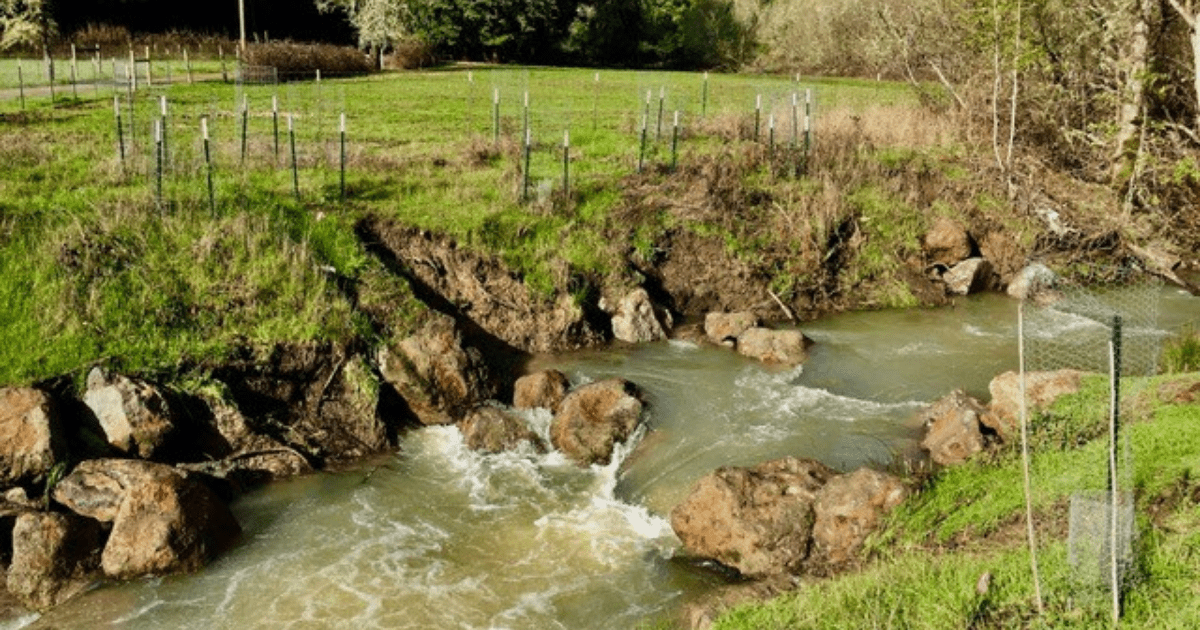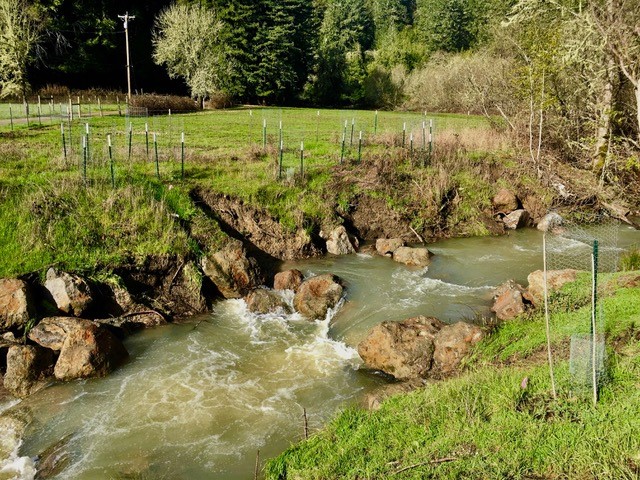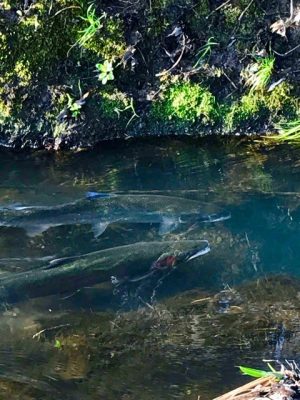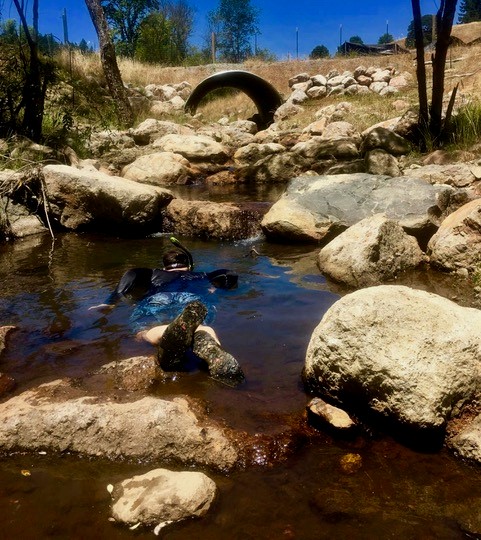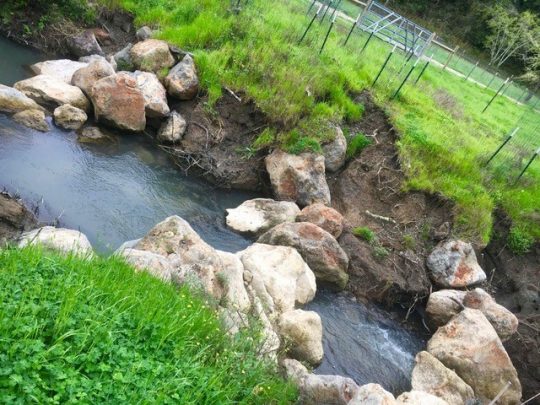Upper Green Valley Creek Selected as one of 2019’s 10 Waters to Watch
Upper Green Valley Creek Selected as one of 2019’s 10 Waters to Watch
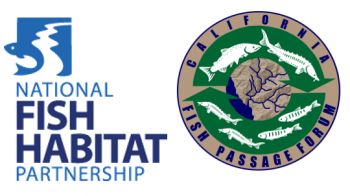 The California Fish Passage Forum (Forum) is pleased to announce that the Upper Green Valley Creek Fish Passage Project has been selected to the National Fish Habitat Partnership’s (NFHP) 2019 list of 10 Waters to Watch. This continues the Forum’s strong tradition of having projects selected to this annual list. Of the 74 projects listed over the years, eight have been nominated by the Forum.
The California Fish Passage Forum (Forum) is pleased to announce that the Upper Green Valley Creek Fish Passage Project has been selected to the National Fish Habitat Partnership’s (NFHP) 2019 list of 10 Waters to Watch. This continues the Forum’s strong tradition of having projects selected to this annual list. Of the 74 projects listed over the years, eight have been nominated by the Forum.
The Upper Green Valley Creek Fish Passage Project, led by the Gold Ridge Resource Conservation District (GRRCD), and funded in part by the Forum, restored fish passage and stabilized the grade through a 600-ft stream reach of Upper Green Valley Creek (a tributary to the Russian River), resulting in passage for juvenile and adult coho salmon to an additional 4,810 ft of rearing and spawning habitat. Key partners included GRRCD, Stetson Engineers, McCullough Construction, Point Blue Conservation Science with funding support from California Department of Fish & Wildlife’s Fisheries Restoration Grant Program (FRGP) and the California Fish Passage Forum which California Trout is a member of.
Green Valley Creek provides critical habitat, particularly in its upper portions, for remnant native populations of Central California Coast (CCC) coho salmon (listed at the federal and state levels as endangered) and North Coast Diversity Stratum steelhead trout (listed as threatened, but still support a recreational fishery). The goal of the many coho restoration efforts underway in this watershed is to restore the species to vibrant, self-sustaining population levels that could ultimately be part of local economies.
The project addressed a significant instream barrier, which once removed opened access to high-quality coho rearing and spawning habitat with year-round flow. The project also included restoration to the riparian corridor to ensure grade stabilization, preserve floodplain connectivity and arrest downcutting. This restoration work was conducted by Point Blue Conservation Science’s environmental education program, Students and Teachers Restoring a Watershed (STRAW) and served as an educational site and hands-on restoration experience for grade school classes through the program.
Learn more about this, and other projects supported by the Forum here.
What is NFHP’s 10 Waters to Watch list?
The 10 Waters to Watch list, assembled annually by the nation’s leading authorities on aquatic conservation, is a collection of rivers, streams and shores that will be cleaner and healthier habitats for many fish and wildlife species and the people who call these areas home.
Thanks to the combined actions of concerned community groups, non-profit organizations, local watershed groups, Native American Tribes and state and federal agencies, these waters are being improved by planting stream-side vegetation, removing structures blocking fish from habitat and protecting bodies of water from the effects of industrial processes, agriculture and livestock.
These efforts are representative of projects executed by various Fish Habitat Partnerships (FHPs), which implement the National Fish Habitat Action Plan at the regional level, to reverse persistent declines in aquatic habitat, with the goal of improving these habitats through community based conservation efforts.
California Fish Passage Forum
The California Fish Passage Forum (Forum) is one of 20 nationally recognized fish habitat partnerships (FHPs), with a mission to protect and revitalize anadromous fish populations in California by restoring connectivity of freshwater habitats throughout their historic range.
National Fish Habitat Partnership
The National Fish Habitat Partnership (NFHP) is an organization established to conserve fish habitat nationwide, leveraging federal, state and private funding sources to achieve the greatest impact on fish populations through priority conservation projects. NFHP aims to grow a community of support concerned about fish populations, the conservation of habitat upon which those populations depend, and the future direction of the quality of aquatic habitats.
Questions? Contact Alicia Marrs, California Fish Passage Forum Coordinator aliciamarrs@cafishpassageforum.org


